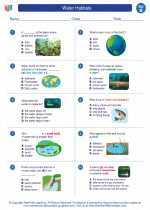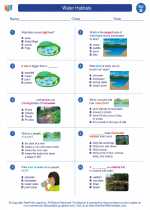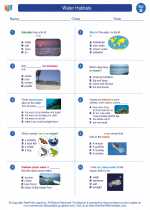Formation of Sandy Beaches
As waves crash against the shore, they wear down rocks and minerals, turning them into smaller particles. These particles are then deposited along the coast, forming sandy beaches. Wind also plays a role in shaping sandy beaches by carrying sand particles and depositing them in different areas.
Characteristics of Sandy Beaches
Sandy beaches are known for their soft, granular texture and light color. They can stretch for miles and are often shaped by the movement of the tides. Sandy beaches also provide a habitat for various marine animals and plants, such as crabs, clams, and beach grasses.
Importance of Sandy Beaches
Sandy beaches serve as important ecosystems and provide a range of benefits to both humans and wildlife. They act as natural barriers against coastal erosion, protect inland areas from storm surges, and offer recreational opportunities such as swimming, sunbathing, and beachcombing.
Study Guide for Sandy Beaches
- Describe the process of erosion and its role in the formation of sandy beaches.
- Explain the impact of waves and wind on the shaping of sandy beaches.
- List the different types of marine life that inhabit sandy beaches.
- Discuss the ecological importance of sandy beaches and their role in coastal protection.
- Identify the recreational activities that can be enjoyed on sandy beaches.
◂Science Worksheets and Study Guides Second Grade. Water Habitats

 Activity Lesson
Activity Lesson
 Worksheet/Answer key
Worksheet/Answer key
 Worksheet/Answer key
Worksheet/Answer key
 Worksheet/Answer key
Worksheet/Answer key
 Worksheet/Answer key
Worksheet/Answer key
 Vocabulary/Answer key
Vocabulary/Answer key
 Vocabulary/Answer key
Vocabulary/Answer key
